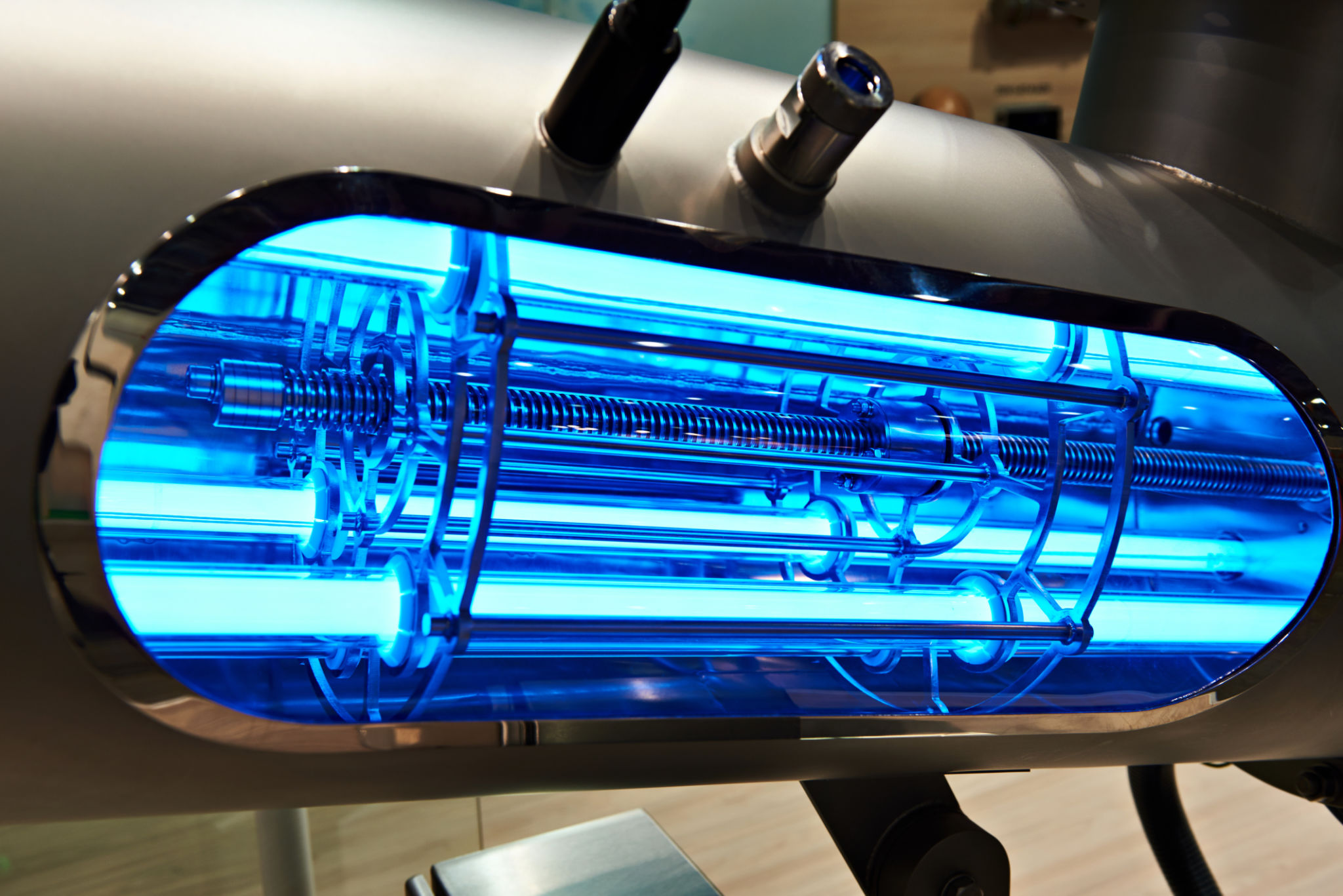Understanding the Science Behind Pure Water Technology
Introduction to Pure Water Technology
In a world where clean and safe water is becoming increasingly scarce, pure water technology has emerged as a vital solution. This advanced technology ensures that the water we consume is free from contaminants, offering both health benefits and environmental sustainability. But what exactly is pure water technology, and how does it work? Let's dive into the science behind it.

Understanding Contaminants and Impurities
Before we explore the technology itself, it's essential to understand the types of contaminants found in water. These typically include:
- Biological impurities: Bacteria, viruses, and protozoa that can cause diseases.
- Chemical pollutants: Such as pesticides, heavy metals, and industrial chemicals.
- Physical impurities: Sediments and other particulate matter.
Each of these impurities requires different methods for removal, which is where pure water technology comes into play.
The Science of Filtration
Filtration is at the heart of pure water technology. Using various filtration techniques, these systems effectively remove a wide range of contaminants. Common methods include:
- Activated carbon filtration: Removes chlorine, sediment, volatile organic compounds (VOCs), and more.
- Reverse osmosis: A process that forces water through a semi-permeable membrane to eliminate ions, molecules, and larger particles.
- Ultraviolet (UV) treatment: Targets and neutralizes biological contaminants.

Reverse Osmosis: A Closer Look
Reverse osmosis (RO) is one of the most effective methods for purifying water. This technology uses pressure to push water through a semi-permeable membrane, leaving impurities behind. The result is water that is almost free of dissolved salts, organics, bacteria, and pyrogens.
The efficiency of RO systems makes them a popular choice for both residential and commercial applications, providing an excellent balance of cost-effectiveness and performance.
The Role of Ultraviolet Treatment
Ultraviolet (UV) treatment is another critical component of pure water technology. By exposing water to UV light, this method effectively kills microorganisms by disrupting their DNA. This process is chemical-free and does not alter the taste or odor of the water, making it an ideal complement to other filtration methods.

Environmental Impact and Sustainability
Pure water technology not only ensures safe drinking water but also promotes environmental sustainability. By reducing reliance on bottled water, these systems help minimize plastic waste and the carbon footprint associated with manufacturing and transporting bottled water.
Additionally, advancements in filtration technology have led to more energy-efficient systems, further supporting eco-friendly initiatives.
The Future of Pure Water Technology
As technology advances, we can expect even more sophisticated systems that offer improved efficiency and efficacy. Research is ongoing to develop new materials and processes that can target emerging contaminants, ensuring that pure water technology continues to adapt to the changing needs of society.
Conclusion
Understanding the science behind pure water technology reveals its importance in providing access to clean and safe drinking water. By utilizing advanced filtration methods like reverse osmosis and ultraviolet treatment, these systems effectively protect us from harmful contaminants while supporting environmental sustainability. As technology continues to evolve, the future holds even more promise for this essential resource.
